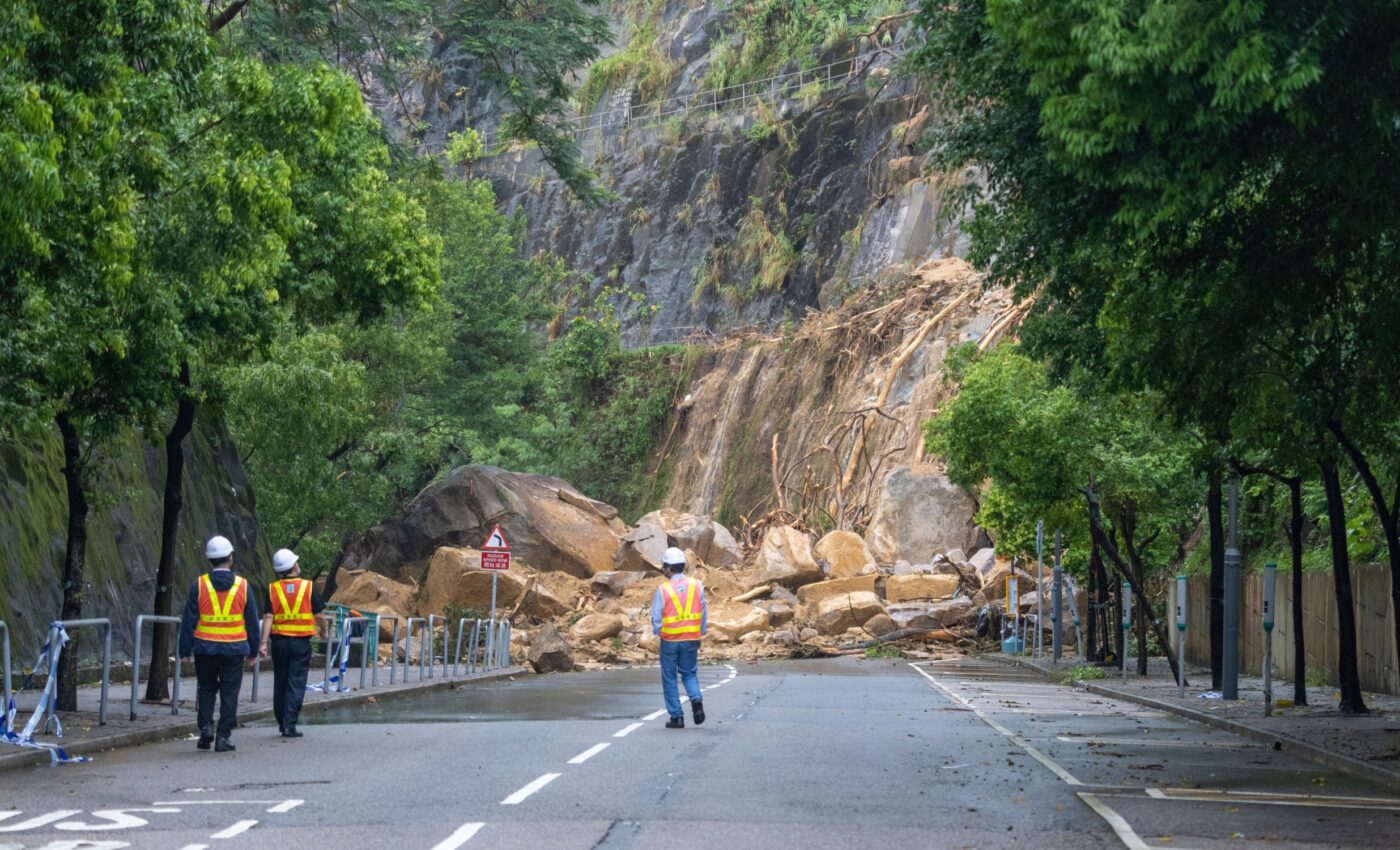
Landslide predictions could become 94 percent more accurate
Landslides rank among the most catastrophic natural phenomena worldwide, responsible for immense economic losses and tragic fatalities each year. A new study led by a global team of scientists has significantly advanced the methods used for landslide predictions, offering a perspective that could revolutionize how these disasters are predicted and managed.
Landslide patterns and predictions
This breakthrough stems from a collaborative effort involving Kamal Rana, a Rochester Institute of Technology PhD student specializing in imaging science, Nishant Malik, an assistant professor at the same institution, and Kushanav Bhuyan, a lead co-author from the University of Padova and the Machine Intelligence and Slope Stability Laboratory.
The research introduces a new way of examining landslide types and their failure mechanisms, which has been a blind spot in traditional predictive models.
Enhancing prediction accuracy for landslides
Historically, the challenge in accurately predicting landslides has stemmed from a significant gap in detailed data concerning the different failure types of landslides. This lack of granularity has rendered many predictive models less effective, as they couldn’t adequately differentiate between the various mechanisms and triggers of landslide occurrences.
To address this deficiency, the research team employed a method that combined aerial imagery and elevation data from known landslide sites. This approach allows for a comprehensive analysis of the terrain and geological conditions before and after landslides, providing critical insights into how and why they occur.
By integrating these data with advanced machine learning techniques, the team could train algorithms to recognize and predict landslide patterns more accurately.
This methodology has led to a substantial increase in the accuracy of landslide predictions, achieving rates between 80 and 94 percent. Such high accuracy is particularly notable because it has been consistent across a diverse range of geographical locations and geological settings, including Italy, the United States, Denmark, Turkey, and China.
The diversity of these locations highlights the robustness and broad applicability of the findings across different regions and climatic conditions.
Improving prediction models
The goal of the research is to provide crucial information that can be used by those in the field to improve existing prediction models.
“Our algorithm is not predicting landslides,” stated Nishant Malik. “But the people who are in the business of predicting landslides need to know more information about them, like what caused them and what mechanisms they were.”
The depth of analysis into slides, flows, and failures revealed distinct patterns that are vital for refining how risks are assessed.
“It was quite exhilarating when we saw the success numbers. We got the results, which are really good, but we need to be able to connect this to reality,'” said study co-lead author Kushanav Bhuyan from the University of Padova.
Landslides through the lens of experience
The research holds personal significance for Kamal Rana, one of the lead authors, who comes from the Himalayan region of India – a place frequently marred by landslides.
Rana shared his personal experiences, noting the severe impact landslides have on local communities. “I have seen so many cases when landslides have occurred. The roads are blocked for two or three weeks. There is no communication from the cities to the villages. It blocks people from going to their jobs or students going to school,” said Rana.
Hazard assessments via landslide predictions
By delving into the specific mechanisms of landslide failures, the research team aims to significantly improve the precision and dependability of existing models that assess hazards and risks associated with such natural disasters. This deeper insight allows for more accurate predictions, which are crucial for timely evacuations and preparedness measures.
The primary objective of these advancements is to safeguard human lives and reduce the widespread disruption and destruction caused by landslides. By lessening the severity of these impacts, communities can recover more quickly and sustain less economic damage.
This recent study represents a major advancement in the ongoing global efforts to lessen the adverse effects of natural disasters. By enhancing predictive technologies, the research provides a beacon of hope for building communities that are more capable of withstanding and rebounding from the challenges posed by such catastrophic events.
The full study is published in the journal Nature Communications.
—–
Like what you read? Subscribe to our newsletter for engaging articles, exclusive content, and the latest updates.
Check us out on EarthSnap, a free app brought to you by Eric Ralls and Earth.com.
—–













